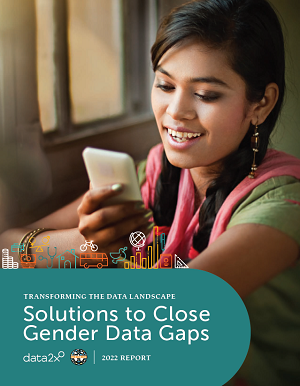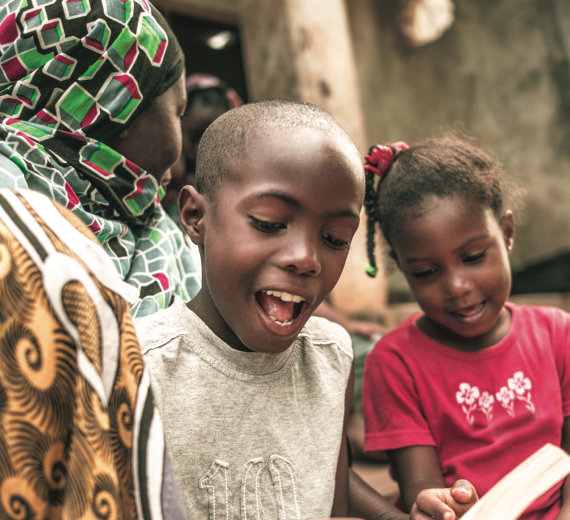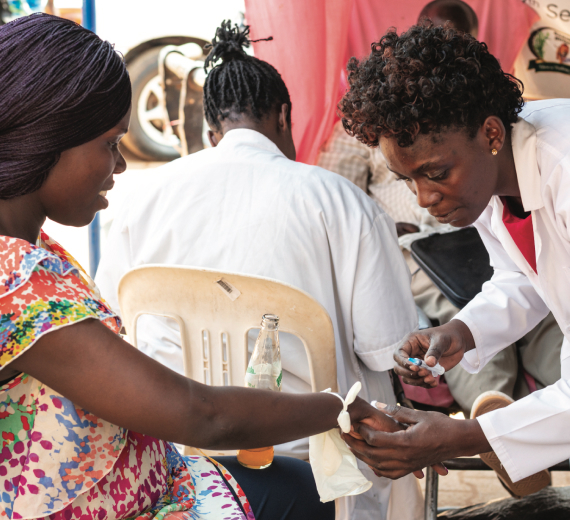Gender Data Solutions
Gender Data Solutions by Sector
This solutions inventory, produced in partnership with Open Data Watch records 142 gender data solutions across seven areas of development: economic opportunities, education, environment, health, human security, public participation, and cross-domain solutions which span across the previous categories. Below, we feature a few solutions in each thematic area. These solutions were selected based on their area of focus, scalability for cross-country use and examples of impacts (if available). Each section summarizes the steps needed to scale up the solutions and their likely impact.
See our methodology for this inventory here and download the full report below.
Thematic Solutions
Transforming the Data Landscape: Solutions to Close Gender Data Gaps
This joint report from Data2X and Open Data Watch shifts the conversation from identifying gender data gaps to finding practical solutions to close them. The report and the accompanying Gender Data Solutions Inventory feature innovative solutions that have emerged in the last five years.

Creating an Enabling Environment for Gender Data
Improved production does not guarantee continued demand and use of data. To move up the data value chain, producers of official statistics and stakeholders like CSOs, the private sector, and academia must come together to create a culture of data use in decision-making and evidence-based policy formulation. Successful implementation of gender data solutions requires an enabling environment: policies and technical capacity for data governance; sustainable financing; and political support. Learn more about creating an enabling environment for gender data.
What Does It Really Take to Scale Gender Data Solutions?
The commentaries below provide additional insight into the requirements, lessons learned, and pitfalls related to implementing and scaling key gender data solutions featured in our inventory.









